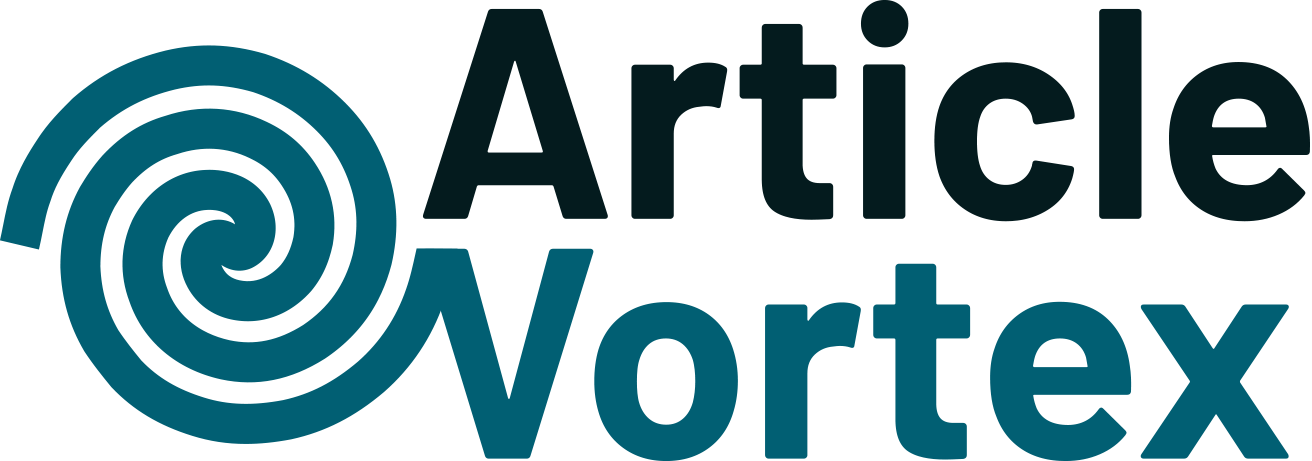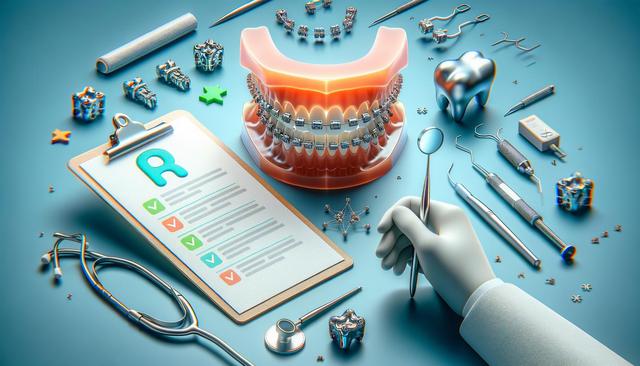Factors That Influence the Cost of Dental Braces
When considering dental braces, several factors can influence the total cost. It’s important to recognize these elements so you can anticipate expenses more accurately. Generally, the main aspects affecting the price include:
- Type of Braces: Traditional metal braces, ceramic braces, lingual braces, and clear aligners all vary in price.
- Complexity of the Case: More complicated orthodontic issues require longer treatment and more adjustments, increasing the overall cost.
- Geographic Location: Costs can differ widely based on where you live. Urban areas tend to have higher prices compared to rural locations.
- Experience of the Orthodontist: Highly experienced orthodontists may charge more for their expertise.
Understanding these factors can help you set realistic expectations when budgeting for dental treatment. Consulting with a qualified orthodontist can provide a more precise estimate based on your individual needs.
Different Types of Braces and Their Price Ranges
There are several types of dental braces available, each with its own cost range and specific benefits. Here’s a general breakdown:
- Metal Braces: Often the most affordable option, they are highly effective for a wide range of orthodontic issues.
- Ceramic Braces: These are less noticeable than metal braces but usually come at a higher cost.
- Lingual Braces: Positioned behind the teeth, offering a hidden treatment option, but they tend to be among the higher-priced choices.
- Clear Aligners: These removable trays offer a discreet alternative and are priced depending on the length and complexity of treatment.
Each type offers unique advantages, and the right choice often depends on aesthetic preferences, lifestyle, and budget. Consulting with a dental professional will help in selecting a type that matches your personal circumstances.
Additional Costs to Consider Beyond the Braces
The initial quote for braces may not include all associated costs. It’s important to be aware of potential additional expenses, such as:
- Consultation Fees: Some clinics charge separately for initial evaluations.
- Imaging and X-rays: Detailed imaging is often necessary to plan treatment effectively.
- Retainers: After braces are removed, retainers help maintain the new alignment, and they are an extra cost.
- Follow-Up Visits: Regular adjustments and check-ups are part of the treatment and might incur additional fees.
Factoring in these costs helps you gain a more complete picture of the financial commitment involved. It’s advisable to ask for a detailed breakdown from your orthodontist before beginning treatment.
Insurance Coverage and Payment Options
Insurance can play a significant role in managing the cost of dental braces. Many dental insurance plans offer partial coverage for orthodontic treatments, especially for children. When evaluating insurance options, consider:
- Coverage Limits: Most plans have a lifetime maximum benefit for orthodontic care.
- Eligibility: Some policies cover only individuals under a certain age.
- Waiting Periods: There might be a mandatory waiting period before you can claim orthodontic benefits.
Additionally, many orthodontic clinics offer flexible payment plans. These often include:
- Interest-free monthly installments
- Discounts for full upfront payments
- Third-party financing options
Exploring these financial avenues can make orthodontic treatment more accessible and manageable.
Tips for Managing and Reducing Costs
While dental braces are a substantial investment, there are strategies to manage and potentially reduce the overall cost:
- Shop Around: Consult multiple orthodontists to compare pricing and services offered.
- Use Health Savings Accounts (HSAs) or Flexible Spending Accounts (FSAs): These can be used to pay for orthodontic treatment with pre-tax dollars.
- Negotiate: Some clinics may offer discounts or promotional pricing, especially if you inquire directly.
- Early Intervention: Addressing orthodontic issues early can sometimes shorten treatment duration and reduce costs.
Taking a proactive approach not only helps in budgeting effectively but also ensures you receive quality care without unnecessary financial strain.
Conclusion: Planning Ahead for a Confident Smile
Understanding the full scope of dental braces costs allows you to plan effectively and make informed decisions. By considering the type of braces, additional fees, insurance coverage, and payment options, you can better manage the financial aspects of orthodontic treatment. Taking the time to research and consult with qualified professionals will help you embark on the journey toward a healthier, more confident smile with greater peace of mind.












